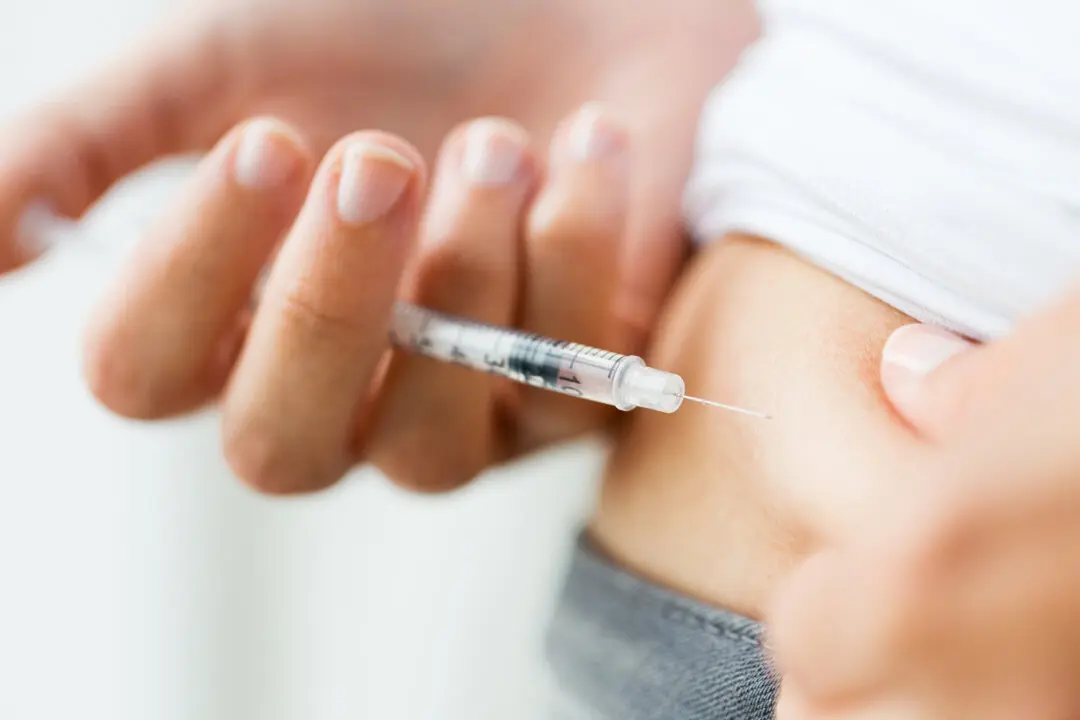A new treatment approach could be on the way for depression thanks to a University of California (UC)–San Francisco research team’s discovery of the link between depression and high body temperatures.
The research team examined data from over 20,000 participants from 106 countries who wore devices measuring body temperature. Over seven months, the participants’ body temperatures and depression symptoms were recorded. The study began in 2020, at the beginning of the COVID-19 pandemic.
The results of the study showed that as the severity of depression symptoms increased, so too did the person’s skin temperature.
However, the study didn’t indicate whether there is a causal relationship between the two. For example, the research team did not determine whether depression raises body temperature or whether higher body temperature leads to depression. Furthermore, researchers did not learn whether higher body temperature reflects a reduced ability to self-cool, increased heat generation due to metabolic processes, or both.
The findings provide insight into how new treatment methods might alleviate depression. One such method includes using hot tubs, saunas, hot yoga, hyperthermic bathing, or infrared sauna lamps. Some research shows that subjecting the body to excessive heat can trigger it to self-cool.
“Ironically, heating people up actually can lead to rebound body temperature lowering that lasts longer than simply cooling people down directly, as through an ice bath,” lead study author Ashley Mason, associate professor of psychiatry at UC–San Francisco Weill Institute for Neurosciences, said in a press release. “What if we can track the body temperature of people with depression to time heat-based treatments well?”
Ms. Mason and her team believe that self-cooling induced by overheating could reduce depressive symptoms.
Rates of Depression Continue to Rise, Especially Among Young Adults
According to the U.S. Centers for Disease Control and Prevention (CDC), nearly one in five American adults were diagnosed with depression in 2020. Depression is more prevalent among women, younger adults, and adults with lower education levels. However, as the country continues to emerge from the COVID-19 pandemic, researchers are finding that more young people are struggling with depression. The CDC notes that over 40 percent of high school students feel “so sad or hopeless that they could not engage in their regular activities for at least two weeks during the previous year.” In 2021, 60 percent of high school female students reported feeling persistent hopelessness, and nearly one in four made a suicide plan. In fact, in October 2021, the American Academy of Pediatrics, the American Academy of Child and Adolescent Psychiatry, and the Children’s Hospital Association united to declare child and adolescent mental health a national emergency.The lack of treatment options only exacerbates the problem, Ms. Mason’s team noted.
“This is particularly concerning as the disease course is most likely to be malignant, and the costs of depression in terms of lost opportunities across a lifetime are likely to be highest in youth and young adulthood,” the researchers wrote.
They suggest the new link between body temperature and depression could be a key to simple yet effective treatment options.





